LG washing machine is not getting water
 If the LG washing machine does not fill with water, it will not be possible to start the scheduled wash. You will have to forget about dirty things and start diagnosing the machine, since a “dry” drum can signal either a minor failure or large-scale problems. Our instruction article will help you understand what led to the trouble, valve, pressure switch, UBL or heating element.
If the LG washing machine does not fill with water, it will not be possible to start the scheduled wash. You will have to forget about dirty things and start diagnosing the machine, since a “dry” drum can signal either a minor failure or large-scale problems. Our instruction article will help you understand what led to the trouble, valve, pressure switch, UBL or heating element.
Why does this happen?
Several reasons can lead to problems with water intake: from a simple blockage in the hose to a failed control board. What makes the search easier is that some problems appear in LG machines more often than others. Among them are the following malfunctions:
- Inoperative water supply valve. A clear sign of this breakdown is that the powder in the tray is not washed off, since first of all, water must flow into the powder receptacle. To confirm your guess, you should check the part: apply 220 Volts to the valve and listen. If you hear a click, it means there is a short circuit and everything is fine. In this case, the drum will begin to fill, and the problem will be resolved. Otherwise, replacement will be required. "The valves are ringed in pairs, and if there is no click, they are replaced using a slotted screwdriver.
- Clogged water supply mesh. When clogged, the machine tries to fill the tank for a long time, making an unpleasant buzzing sound.
- Non-functioning pressure switch. If the level sensor incorrectly sends signals to the control board, for example, it detects a full tank, then the intake will not start. Therefore, we remove the top cover, look for a round part with a tube going down the machine and disconnect the latter from the “box”.Then we blow into the tube and try to hear 1-2 clicks. It is likely that due to prolonged stagnation, the hose has become clogged with cobwebs, dust or fabric fibers, which will disappear after “blowing out”.
- Problems with the control board. Burnt out resistors on the control unit of the washing machine often interfere with the full flow of the fence. To correct the situation, you need to replace them or purchase a new module. But we strongly do not recommend trying to solve a problem with electronics on your own - such work should only be carried out by a service center employee.
More often, in washing machines from LG, problems with the inlet valve, clogged hoses, a broken pressure switch and a failed pump lead to a problem set.
It is also worth checking the wire going from the pressure switch to the tank. The fact is that it often “suffers” from premature wear and begins to leak air, introducing an imbalance in the operation of the level sensor. The correct functioning of the UBL is also important, since the system, receiving erroneous signals, may consider the door open and not start washing with water.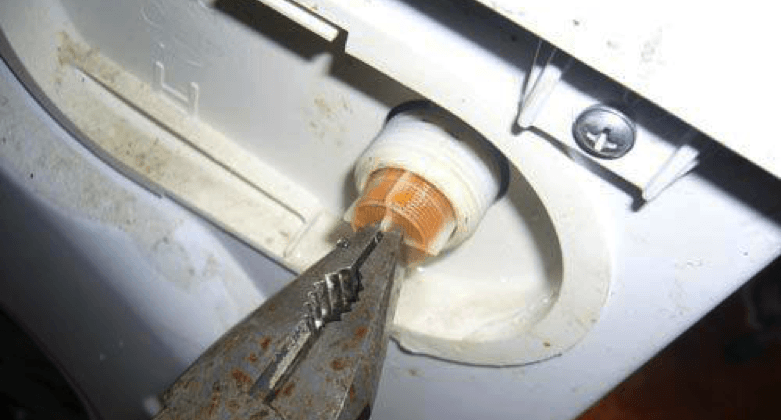
Another reason is a burnt out pump. If the board does not receive a command from the pump that it is ready to drain water, then the machine does not start the cycle and, in fact, the intake. It is unlikely that you will be able to cope with the malfunction on your own, since it requires a long and serious repair. It is better to immediately contact professionals.
Initial actions
If you notice problems with the flow of water into the tank, you need to act. If the washing machine was purchased less than a year ago and it is still under warranty, then there is only one answer to the question “what to do” - contact the service center with a receipt and a warranty card. You should not open the case yourself and try to fix the problem.
It is possible that there is no water in the tank due to simple inattention: the hatch door is not closed tightly or the water supply is cut off.
Older machine owners will have to go a different route and pay for repairs out of their own pockets. Doing it yourself will be cheaper, but will require more time and effort. First, you need to establish the “sore spot” of the washing machine, so we sequentially check the above-mentioned parts of the system, moving from simple to complex.
At the start, if you notice a missing set and a barely audible buzzing sound, you should do the following:
- check if the water supply tap is closed;
- the open tap must be turned off;
- disconnect the inlet hose from the washing machine by lowering the end into a specially prepared container;
- test the inlet hose, eliminating possible kinks and blockages.
If after successfully carried out “first aid” there is no result, pay attention to the filler hose filter. More precisely, on the filter installed in it - a fine metal mesh. It often becomes clogged with scale and small debris.
- Disconnect the hose from the body.
- Inspect the internal mechanism of the valve and find the mesh.
- Take the pliers and grab the special protrusion on the filter with them.
- Pull out the mesh (without twisting).
- Clean the filter with a needle or strong water pressure.
- Return the part to its place.
Next comes the coarse filter. As a rule, this mesh is placed after the tap and also suffers greatly from scale. But here the cleaning scheme is different: we take two wrenches and, holding the joint with one, unscrew the bolt with the second. First you need to place a container under the pipe and release water with strong pressure. The flow will clean out the dirt, and all that remains is to return the nut to its place.
Inlet valve or heating element
More often than not, water does not flow into the tank due to problems with the valves. The problem is that these parts cannot be tightened or blown out, so they will need to be replaced.
When repairing the machine, it is necessary to turn off the water and turn off the power supply to the machine.
- Turn off the water tap and disconnect the washing machine from the power supply.
- We disconnect the inlet hose from the valves located at the top of the back cover and drain the water from them into a prepared container or sink.
- Remove the fasteners from the top panel of the case.
- Record the location of the connectors on the reel on the camera and release the wiring.
- Using pliers, we disconnect the hoses from the terminals, not forgetting that liquid always accumulates in them.
- Loosen the valve retaining screw.
- We take out the inlet valve.
- We install a new valve on the seat and fix it on the fasteners.
- We return the hoses and wiring.
- We check the reliability of the fixed elements.
- We install the lid on the washing machine and tighten it with bolts.
- Connect the inlet hose.
- We connect to the water supply and power supply, after which we run a test wash to check.
A faulty heating element also causes the machine to shut down for water intake. If the scale layer cannot be removed manually or the multimeter indicates a breakdown, the heater will have to be replaced. We will provide instructions now.
- Unscrew the back panel of the machine body.
- We find the heating element in the lower part behind the drive belt.
- Armed with pliers, we pull out the temperature sensor and ground wires from the connectors.
It is recommended to record each step on paper or a photo to facilitate reassembly and eliminate errors when connecting wires.
- Using a wrench, loosen the nut holding the heating element.
- Carefully swing the heater up and down and take it out along with the cuff.
- Lubricate the elastic band with dishwashing gel and insert it into place.
- We install a new heating element in the vacant space.
- We connect the previously removed fasteners, wiring and temperature sensor to the part.
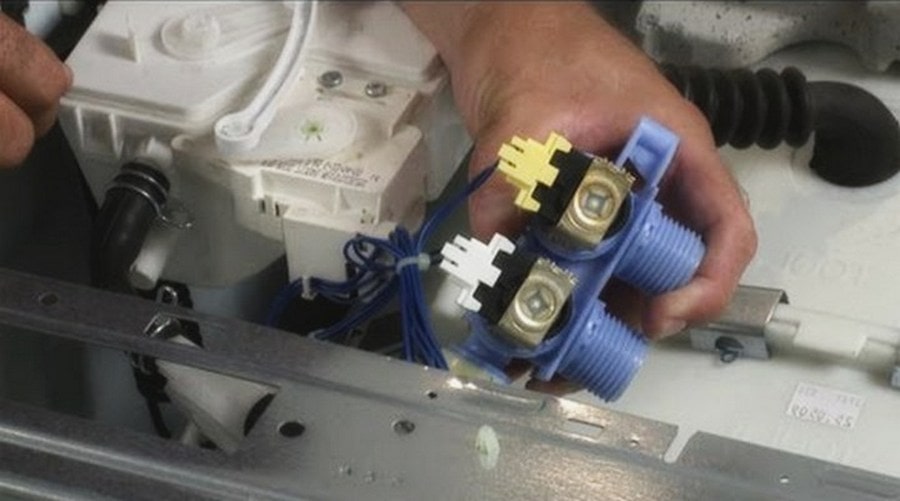
If the check shows that the heating element and valves are in perfect order, but water is still poorly poured into the tank, we pay attention to the machine door. Probably, the hatch blocking device or UBL does not work, and the control board does not send a command to set the drum. Therefore, we disconnect the machine from communications, and begin to test the locking mechanism, “ring with a multimeter” and clean the contacts.
Interesting:
Reader comments
- Share your opinion - leave a comment

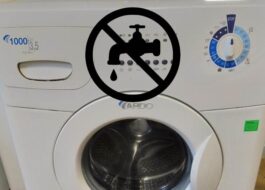

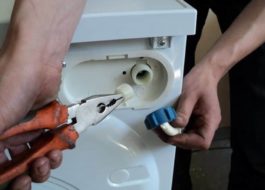

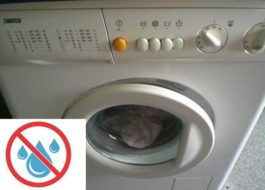
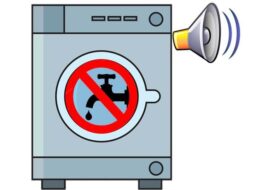














Add a comment